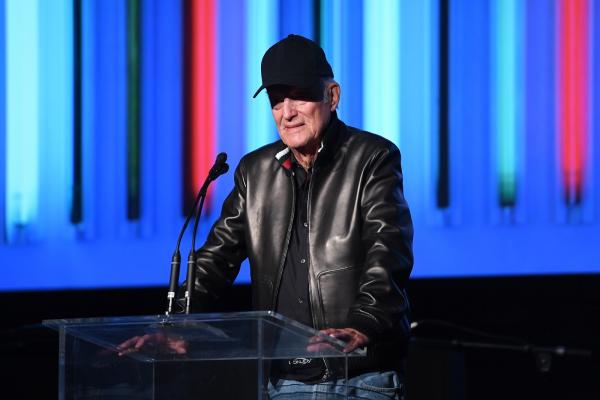We are saddened by the passing of Robert Irwin, one of the most significant American artists of the 20th and 21st centuries and a close friend of the museum. He was renowned for his extensive body of site-conditional artworks made during a nearly seven-decade career.
Irwin was born in Long Beach, California, in 1928 and spent significant time in Los Angeles, where he became one of the pioneers of the L.A.-based “Light and Space” movement in the 1960s. For more than six decades, Irwin explored perception as the fundamental issue of art. Through a continual breaking down of the frame, he came to regard the role of art as “conditional,” or something that works in and responds to the specific surrounding world of experience.
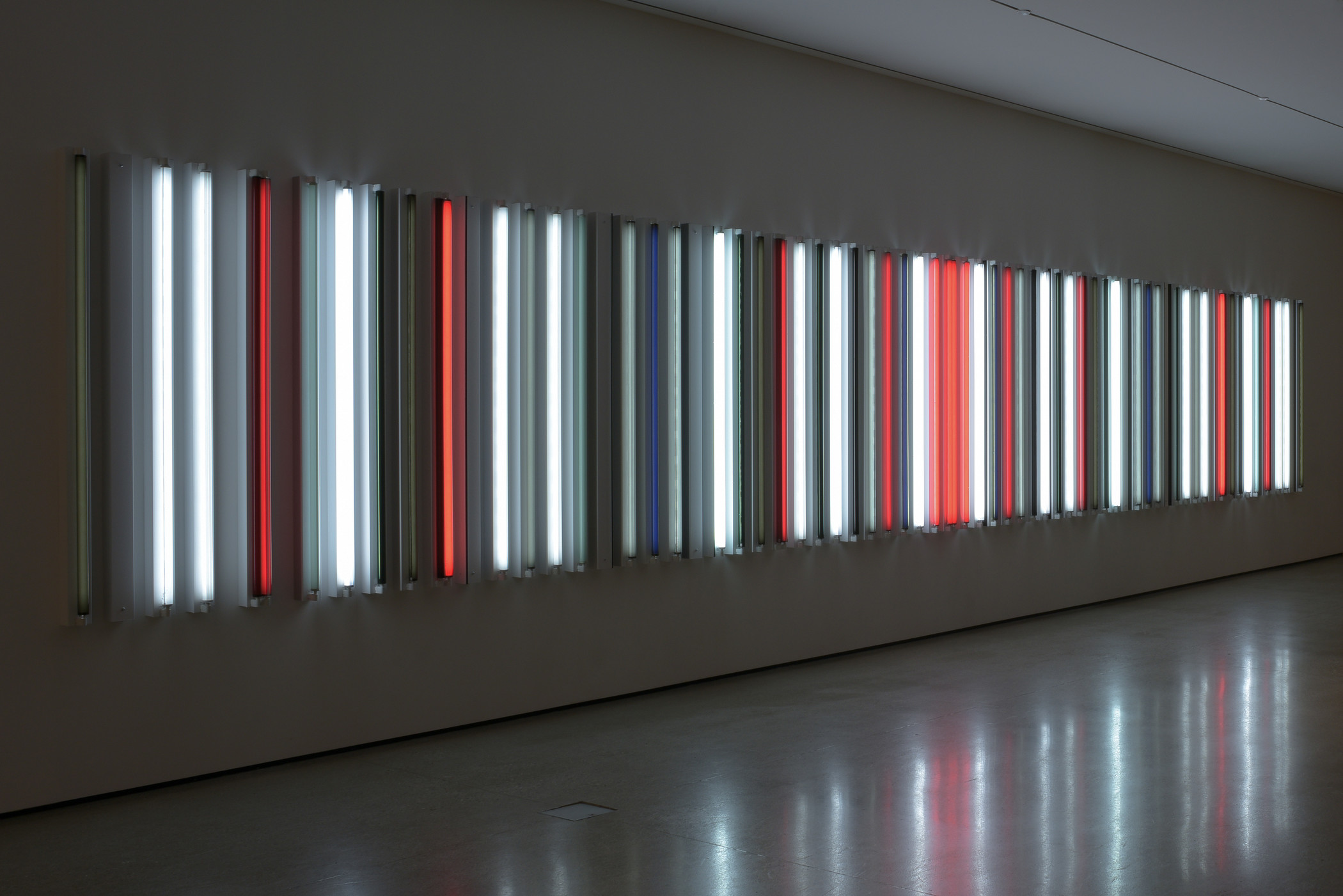
“As artists, the one true inquiry of art as a pure subject is an inquiry of our potential to know the world around us and our actively being in it, with a particular emphasis on the aesthetic,” Irwin has said. “This world is not just somehow given to us whole. We perceive, we shape the world, and as artists we discover and give value to our human potential to ‘see’ the infinite richness (beauty?) in everything, creating an extended aesthetic reality.”
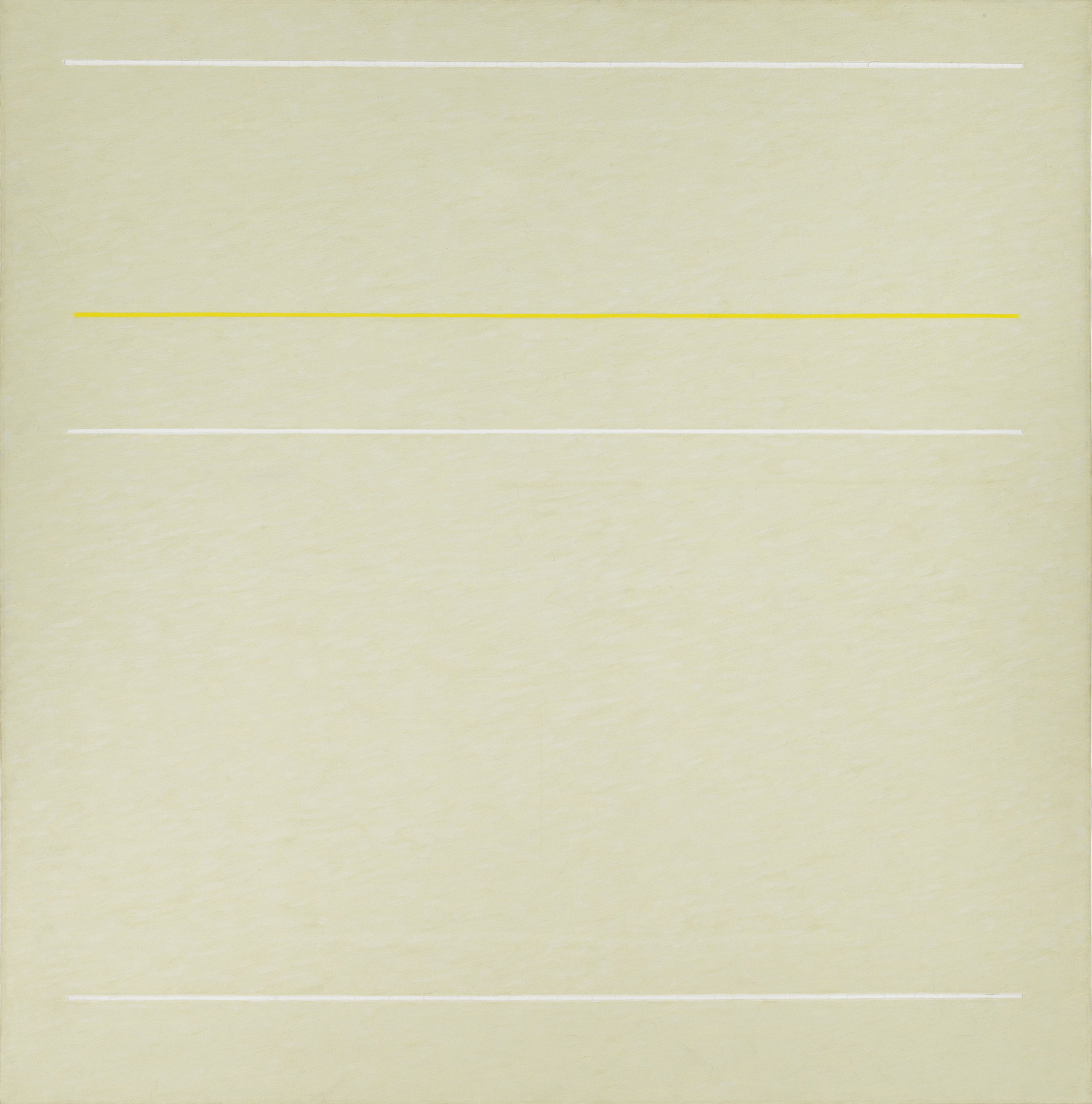
LACMA has collected the work of Robert Irwin since the early 1960s and has consistently displayed the artist’s seminal works at the museum. Irwin’s work first exhibited at the Los Angeles County Museum of History, Science, and Art, before the museum became a separate institution, in its 1957 exhibition Artists of Los Angeles and Vicinity. He had his first first solo exhibition at Felix Landau Gallery, Los Angeles, before he began exhibiting at the newly founded Ferus Gallery, alongside other local Los Angeles artists like Ed Ruscha and Billy Al Bengston. Irwin also took part in LACMA’s Art and Technology program when, in 1969, he collaborated with fellow Light and Space artist James Turrell, exploring the concept for an anechoic chamber in an ultimately unrealized project.
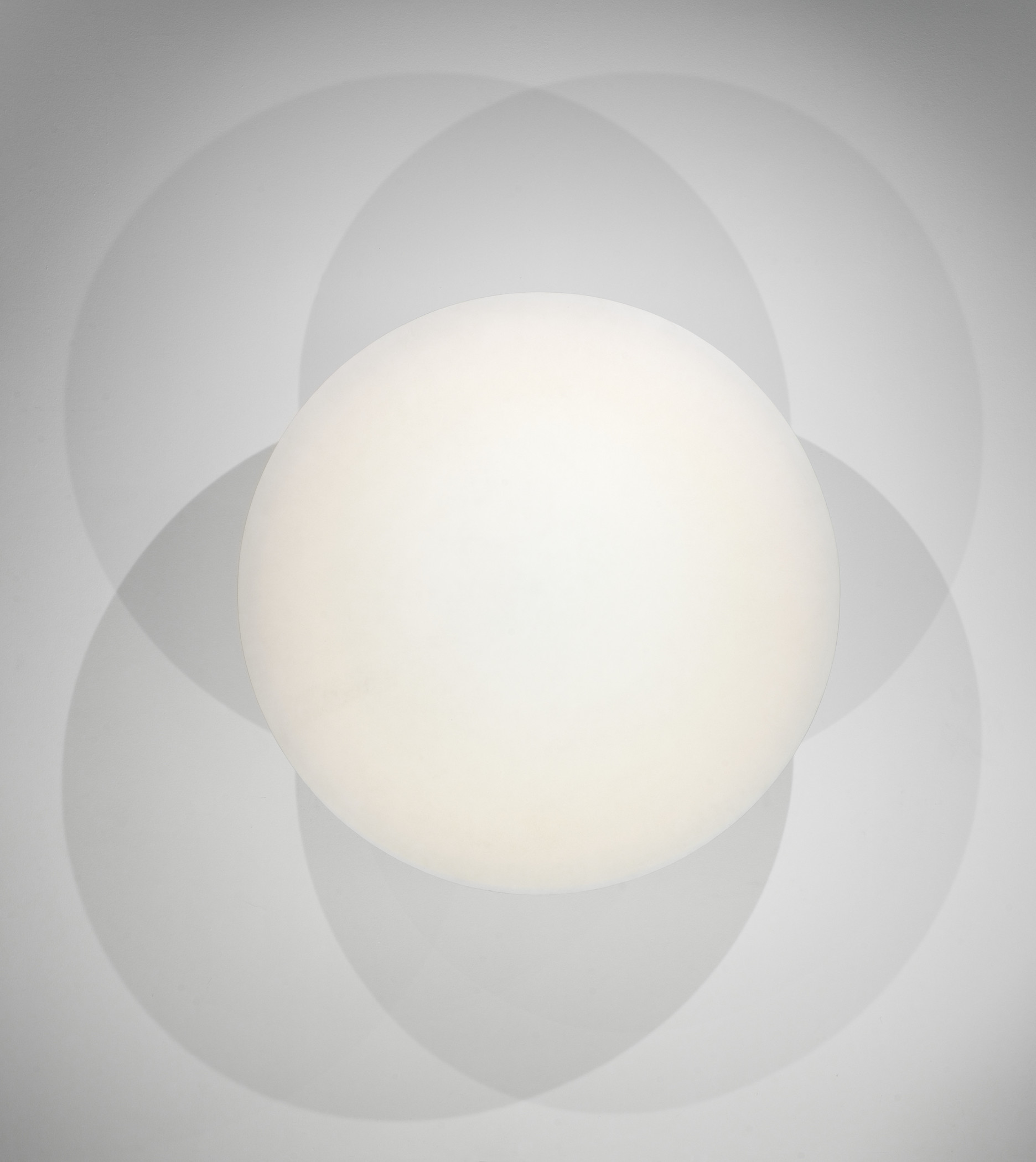
“It’s hard to underestimate Bob Irwin’s importance not only in art history, but also the philosophy of aesthetics,” said Michael Govan, LACMA CEO and Wallis Annenberg Director. “Well known as a teacher of other major figures of the L.A. art scene including Ed Ruscha, Joe Goode, Ed Bereal, and Terry Allen at Chouinard Art Institute, UCLA, and UC Irvine, he became mentor and teacher to so many of us who worked with him over the years. I was drawn to L.A. in large part because of Bob. We were working together at Dia: Beacon in New York, where he lived for a time. He deeply missed the light of Southern California where he soon returned. In some ways I followed him home. He left an indelible mark not only on me, personally, but also on LACMA, especially with his Primal Palm Garden. We will miss him dearly.”
Irwin began working on his Primal Palm Garden at LACMA in 2010. This evolving installation throughout the museum’s grounds comprises over a hundred palms, cycads, and tree ferns and includes rare and ancient plant species. Irwin’s use of “primal” varieties is a nod to the nearby La Brea Tar Pits and its ice age discoveries. In 2015, the museum acquired Irwin’s Miracle Mile, a site-specific installation currently on view in BCAM, Level 1. Miracle Mile, composed of 66 fluorescent lights that can be experienced both within and beyond the gallery walls, reconsiders the properties of light, material, and color and responds to both Wilshire Boulevard (the storied thoroughfare it faces) and Primal Palm Garden. Irwin’s work was also recently exhibited in the 2023 exhibition Light, Space, Surface: Selections from LACMA’s Collection.
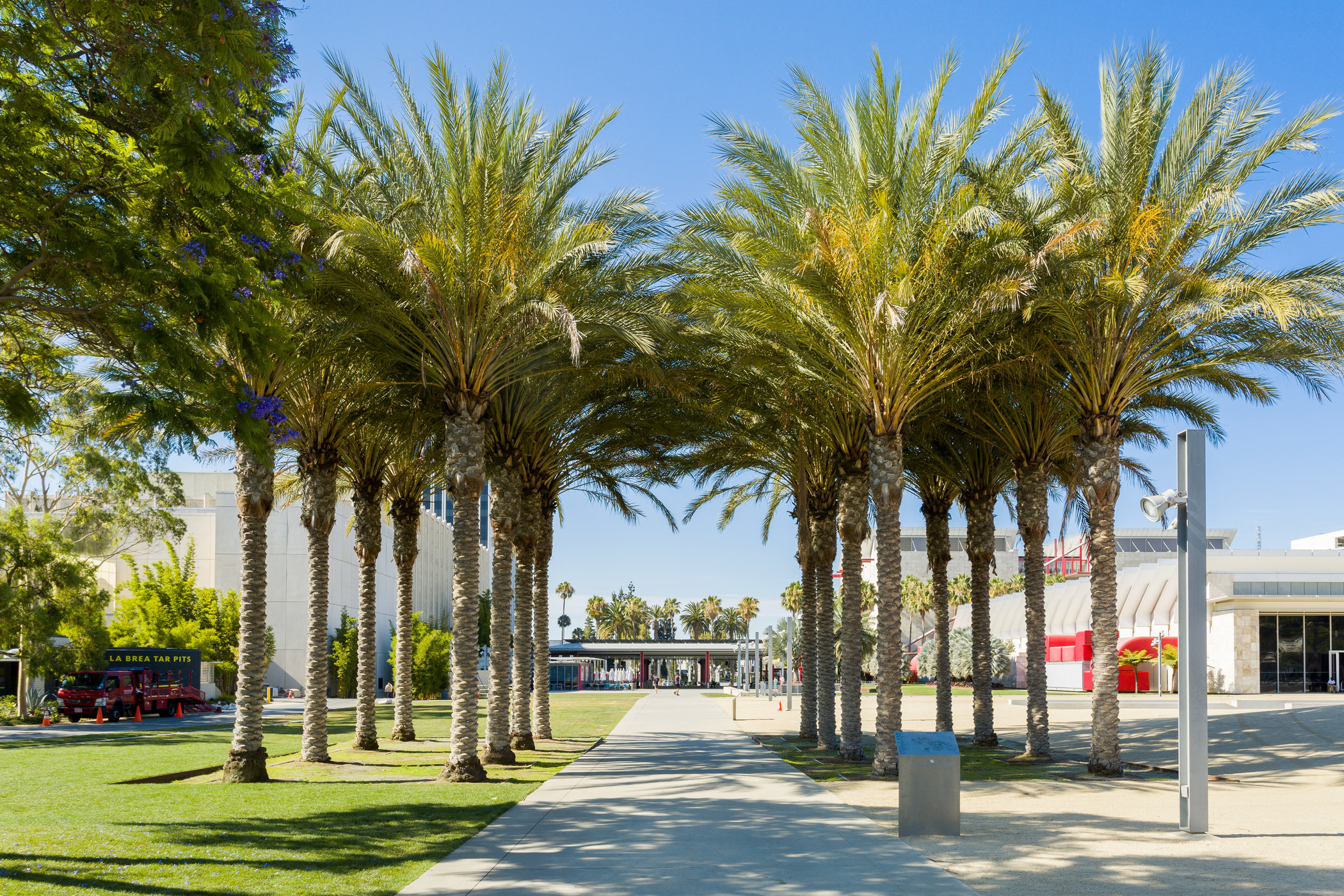
Irwin has conceived dozens more site-conditional projects since 1975, ranging from the architectural and grounds design of Dia: Beacon (completed in 2003) to the lush Central Garden for the Getty Center in Los Angeles (completed in 2005), all part of a storied career driven by an insatiable inquiry into the relationship between light, space, and perception, and the role of the artist in shaping the world.
LACMA produced A Few Things About Robert Irwin, directed by Lisanne Skyler on the occasion of the museum’s 2016 Art+Film Gala. For Irwin's approach to his art practice, read Michael Govan's piece in The New York Times, "Robert Irwin Helped Us See the Light." For more about Irwin’s life, you can read Lawrence Weschler’s book, Seeing Is Forgetting the Name of the Thing One Sees, and check out the new documentary, Robert Irwin: A Desert of Pure Feeling, that is now streaming.



